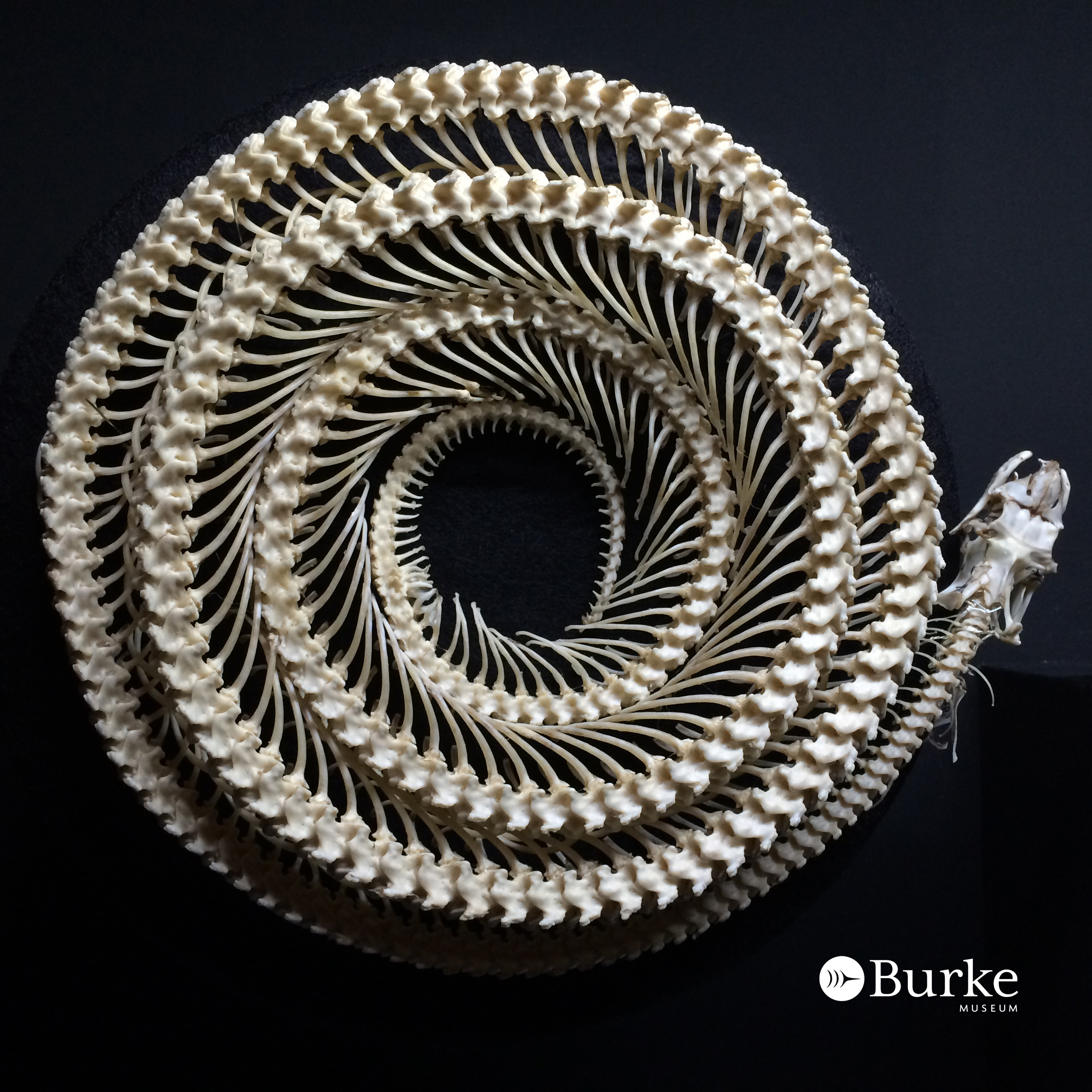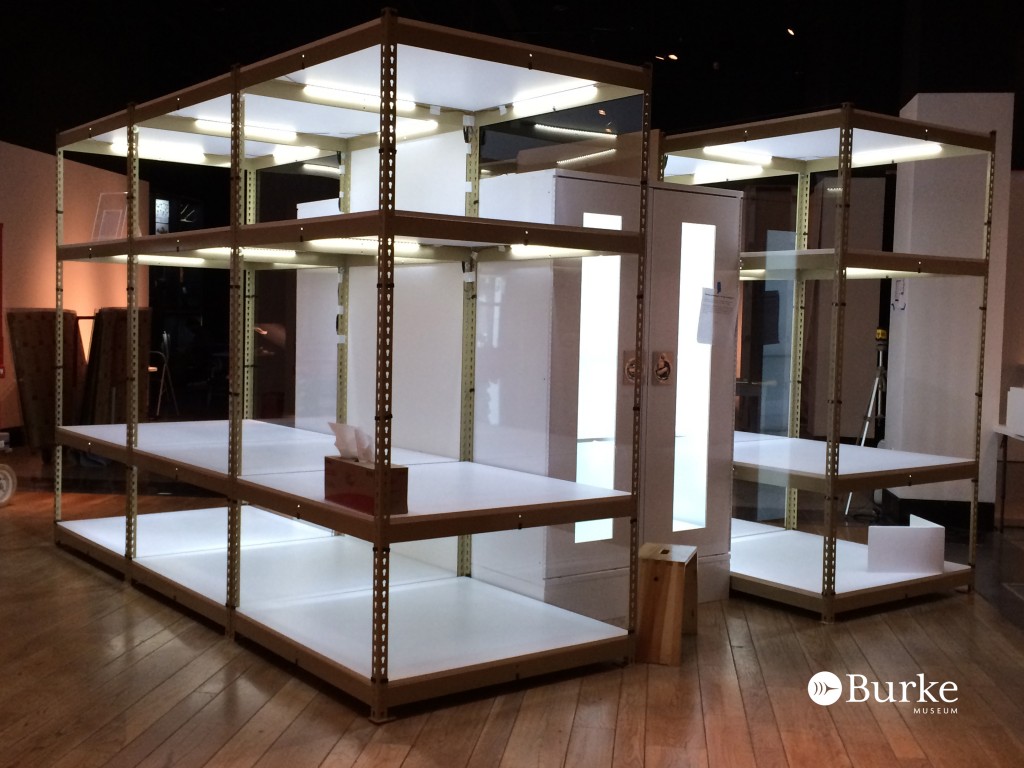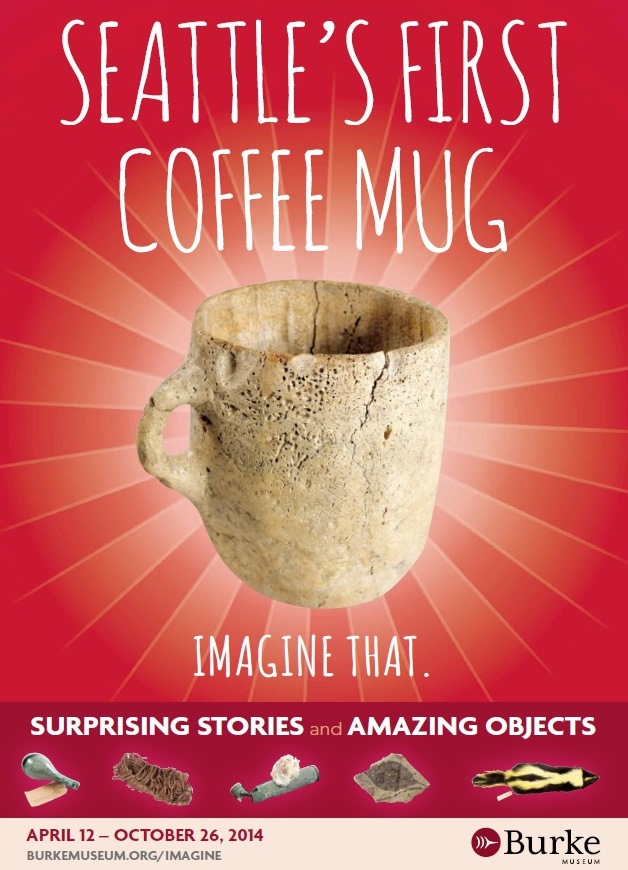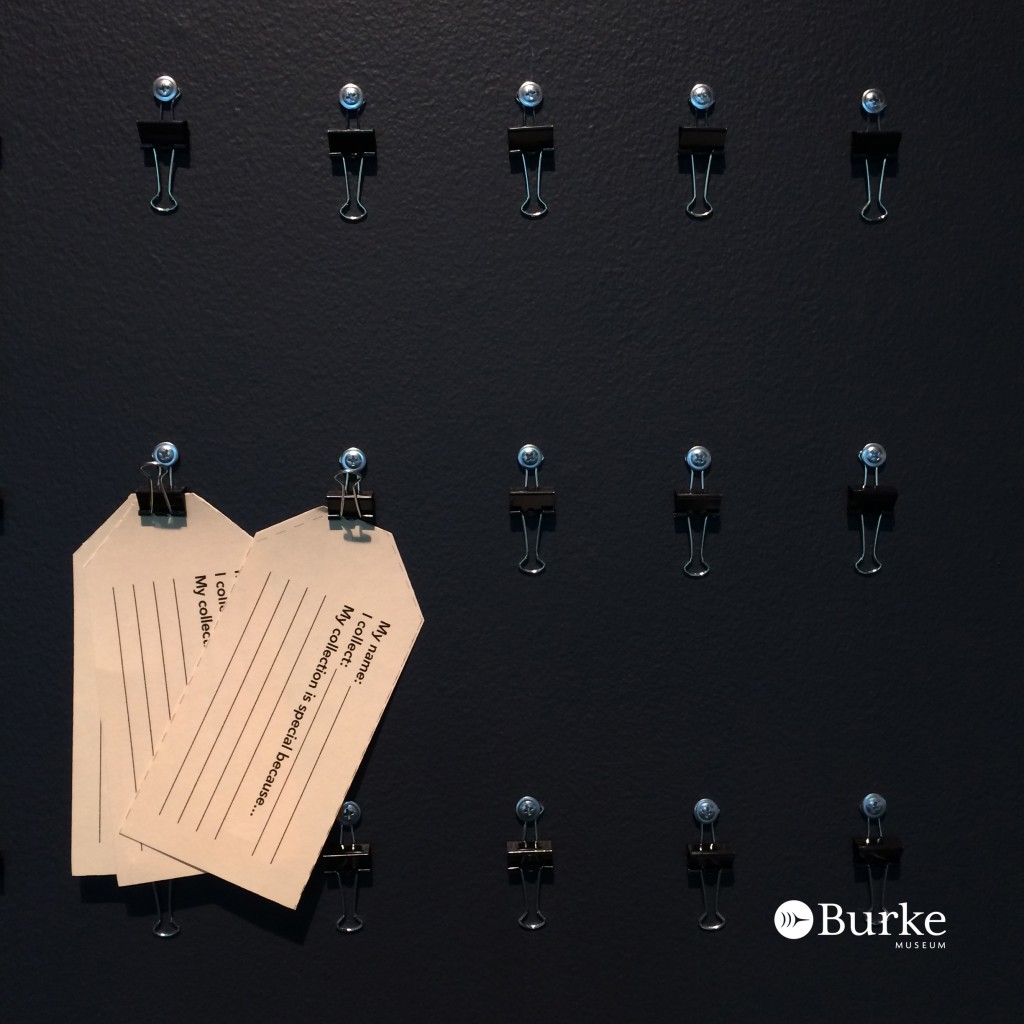
Top 5 Things the Burke Reveals in the New Exhibit Imagine That
Imagine That: Surprising Stories and Amazing Objects of the Burke Museum opens this Saturday! Here are the Top 5 reasons you should check it out:
- The tip of the iceBurke. Neil MacGregor, Director of the British Museum once said, “museums are like icebergs: there is always far more going on beyond what you can see at the surface.” That description definitely fits the Burke. Normally, less than one percent of what we have in our collections is on display. The logistics for building a massive sushi conveyor belt to transport the collections through the public side of the museum proved untenable, so instead we’ve selected about 600 special objects that represent the complex story of what we do each day at the Burke.
- The reasons for our hoarding tendencies. With over 15 million objects in our collection one might wonder, “WHY?!?!” Well, the Burke is like a library and objects are sent to other museums and researchers around the world every week. For example, our Genetic Resources Collection (the second largest in the world) just sent tissue samples to the American Museum of Natural History in New York for a study on the evolutionary relationships of various types of birds. Artists, students, and researchers visit the collections on a daily basis to be inspired, answer questions, and discover more about the life before us.

- The real and the not-so-real. The Burke is committed to collecting, holding, and caring for objects that make up the shared heritage of the people of Washington State. We have incredible specimens like the passenger pigeon of which there are few left in the world. However, there are *gasp* a few fakes. Hint: ever seen a yellow skunk in the wild? Yeah, we hadn’t either…
- The process. How do you take care of a cedar bark hat that’s been under mud for hundreds of years? Why does the SLU tusk have to be sealed in plaster for 12-24 months? How do you make sure bugs don’t get into hundred-year-old baskets? Who even does this kind of work and why? These are all questions we’re going to answer in Imagine That.
- Real, live, human beings. I might be partial, but we have some of the best staff and volunteers ever. When you visit exhibits you generally see gallery monitors or security staff but do you see researchers and students sorting objects, sifting through dirt, and actively working on collections? Nope. In Imagine That you will. Imagine that…
The exhibit opens on Saturday, April 12 and will be up through October 26, 2014. Swing by and take a wander through. While you’re here Tweet at us and tag us on Instagram; if I’m around I’ll come up and show you my favorite pieces in the show!
 Samantha Porter is the Community Outreach Coordinator for the Burke Museum of Natural History & Culture. From pangolins and marbled murreletts to clovis points and trilobites, Sam is always amazed by the depth of collections that are held at the Museum. When she’s not out in the community telling people about the fascinating things at the Burke she can be found sneaking around the molecular lab in a lab coat pretending she’s a scientist.
Samantha Porter is the Community Outreach Coordinator for the Burke Museum of Natural History & Culture. From pangolins and marbled murreletts to clovis points and trilobites, Sam is always amazed by the depth of collections that are held at the Museum. When she’s not out in the community telling people about the fascinating things at the Burke she can be found sneaking around the molecular lab in a lab coat pretending she’s a scientist.
All photo credits: Burke Museum


